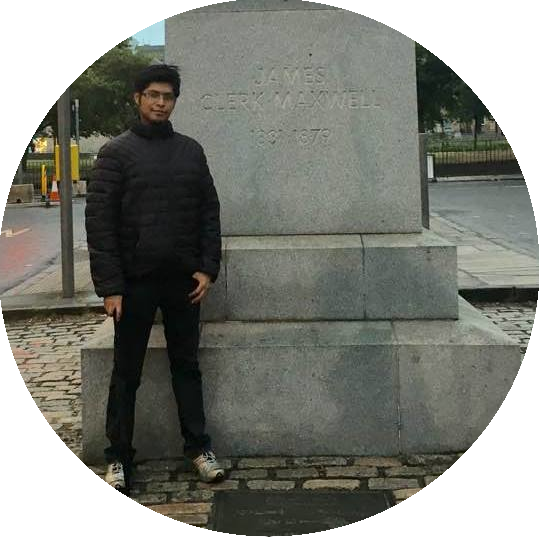Procedural Humans for Computer Vision

Recent work has shown the benefits of synthetic data for use in computer vision, with applications ranging from autonomous driving to face landmark detection and reconstruction. There are a number of benefits of using synthetic data from privacy preservation and bias elimination to quality and feasibility of annotation. Generating human-centered synthetic data is a particular challenge in terms of realism and domain-gap, though recent work has shown that effective machine learning models can be trained using synthetic face data alone. We show that this can be extended to include the full body by building on the pipeline of Wood et al. to generate synthetic images of humans in their entirety, with ground-truth annotations for computer vision applications.
In this report we describe how we construct a parametric model of the face and body, including articulated hands; our rendering pipeline to generate realistic images of humans based on this body model; an approach for training DNNs to regress a dense set of landmarks covering the entire body; and a method for fitting our body model to dense landmarks predicted from multiple views.

